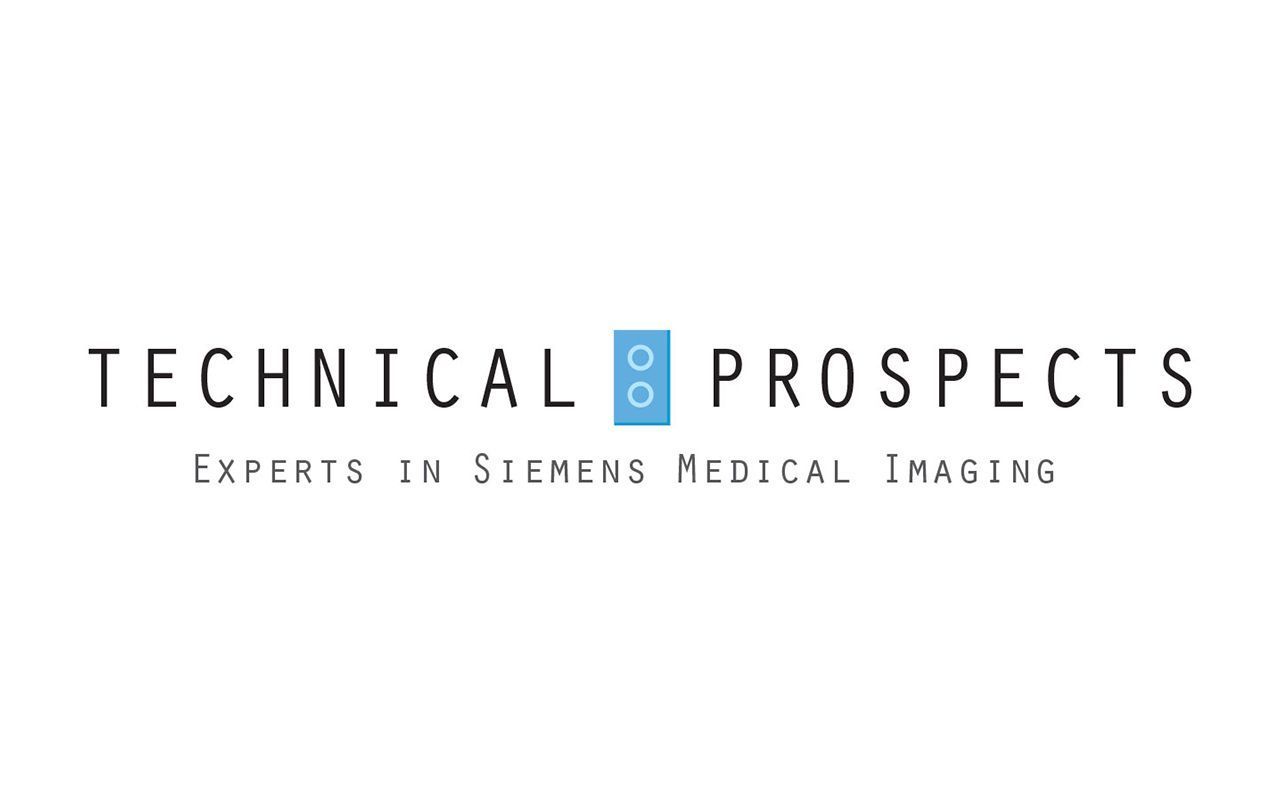
Meeting the Need for Medical Imaging Parts and Support in Rural Areas
Jeremy Probst, President and CEO, directs the overall operational and growth strategies of Technical Prospects through continuous improvement and Lean management principles.
Wed Jul 31 2019
Along with the pleasantries of living many miles away from a hectic metropolis can come very real challenges. For people residing in rural areas across the country, access to healthcare is one of those challenges.
Four out of ten adults in rural America say they have trouble affording the healthcare they need and nearly a third are unable to access important services. That’s according to a 2019 study from the Robert Wood Johnson Foundation, NPR, and the Harvard T.H. Chan School of Public Health.
Hospitals and clinics that serve rural communities have been closing at a surprising rate. A separate study from consulting firm Navigant found one in five rural hospitals is in danger of shutting down because of their financial situations.
Medical Imaging in Rural America: Needs and Challenges
The cost of maintaining an install base of medical imaging equipment is directly related to the financial struggles in rural healthcare. Robert Kerwin, general counsel for the International Association of Medical Equipment Resellers and Servicers (IAMERS), wrote an article for Health Care Business News about how rural hospitals need better “end of support equipment solutions.”
In it, Kerwin explains how healthcare providers often receive notices from manufacturers that an imaging system they own is becoming obsolete. Depending on the situation, this could mean the OEM will eventually decline to accept a renewed service agreement and may not have the replacement parts needed to keep the system running.
New medical imaging systems can come with a price tag well over $1-million, which Kerwin said can be a major burden on already financially-strapped institutions.
“A rural hospital may be forced to close, in part, because its budget will not permit the purchase of replacement equipment and ‘end of support’ cooperation may be limited with respect to key equipment.”
Kerwin wrote that, many times, hospitals receive notices from the OEM simply because the software for the reporting printer is outdated. While cybersecurity and medical imaging is definitely a concern, there needs to be a way to support healthcare providers using end of life (EOL) equipment.
As we outlined in our e-book, What to Do When Your Siemens Service Contract Ends, these OEM letters and the denial of new service contracts for older equipment appear to be a sales tactic. Manufacturers may use the opportunity to push providers towards upgrades, even though existing systems work perfectly well.
As Kerwin wrote in his April 2019 article: “System downtime, software upgrade costs, and loss of technical support can have a dramatic impact on rural hospitals. Yet some of the imaging equipment for which a notice has been received regarding ‘end of support’ may still be able to meet ACR standards for image quality.”
The OEM might claim there is a lack of replacement parts for older imaging systems, but does that make logical sense? The fact that this equipment has been on the market for years and is just reaching EOL would actually increase the chance of many parts being available.
The same can be said of servicing EOL imaging systems. Because the equipment has been around for some time, there is a greater chance that field service engineers within an independent service organization (ISO) will have the skills and experience needed to keep a system running.
The bottom line is, rural hospitals do not need to rely on parts, service, and support from the OEM because there is a network of reliable third-party service and parts providers who can deliver the same, if not better, quality while easing the financial burden.
Rural hospitals and clinics provide important services to underserved communities. The R.W. Johnson survey found nearly a quarter of adults with health insurance have not received necessary care. A patient who needs a CT scan, mammogram, or MRI may avoid driving long distances to get the diagnosis and care they need, which could have serious consequences.
Furthermore, the loss of a rural healthcare facility can have an impact beyond the ability to serve a community’s needs. It can also directly impact the local economy. Lauren Dubinsky wrote for Health Care Business news about how small towns lose out on potential new employers setting up shop in the area after hospitals close. These companies don’t want to be located in areas where workers can’t access proper healthcare.
Finding a Network of Medical Imaging Partners
Rural healthcare providers can gain peace of mind knowing that there are other options beyond the OEM to help provide parts, training, and support along with service and maintenance for medical imaging systems.
Technical Prospects works with engineers from many trustworthy ISOs, training them to service Siemens medical imaging equipment, sending them replacement parts that are tested for quality assurance, and providing free 24-hour technical support. In addition, we regularly help train and support in-house staff.
The work we do at Technical Prospects happens behind the scenes for the imaging engineers whose work allows technicians and doctors to diagnose and help patients. Even though most who work in a hospital never hear of us, we take great pride in knowing we are part of a supply chain that keeps America healthy … no matter where people live.
Whether you work for a rural healthcare provider or not, Technical Prospects is an ideal partner for keeping Siemens medical imaging systems operational even after they reach EOL. Contact us today to get a Siemens replacement part quote, check out upcoming training opportunities, or call us for free Siemens medical imaging technical support any time.
